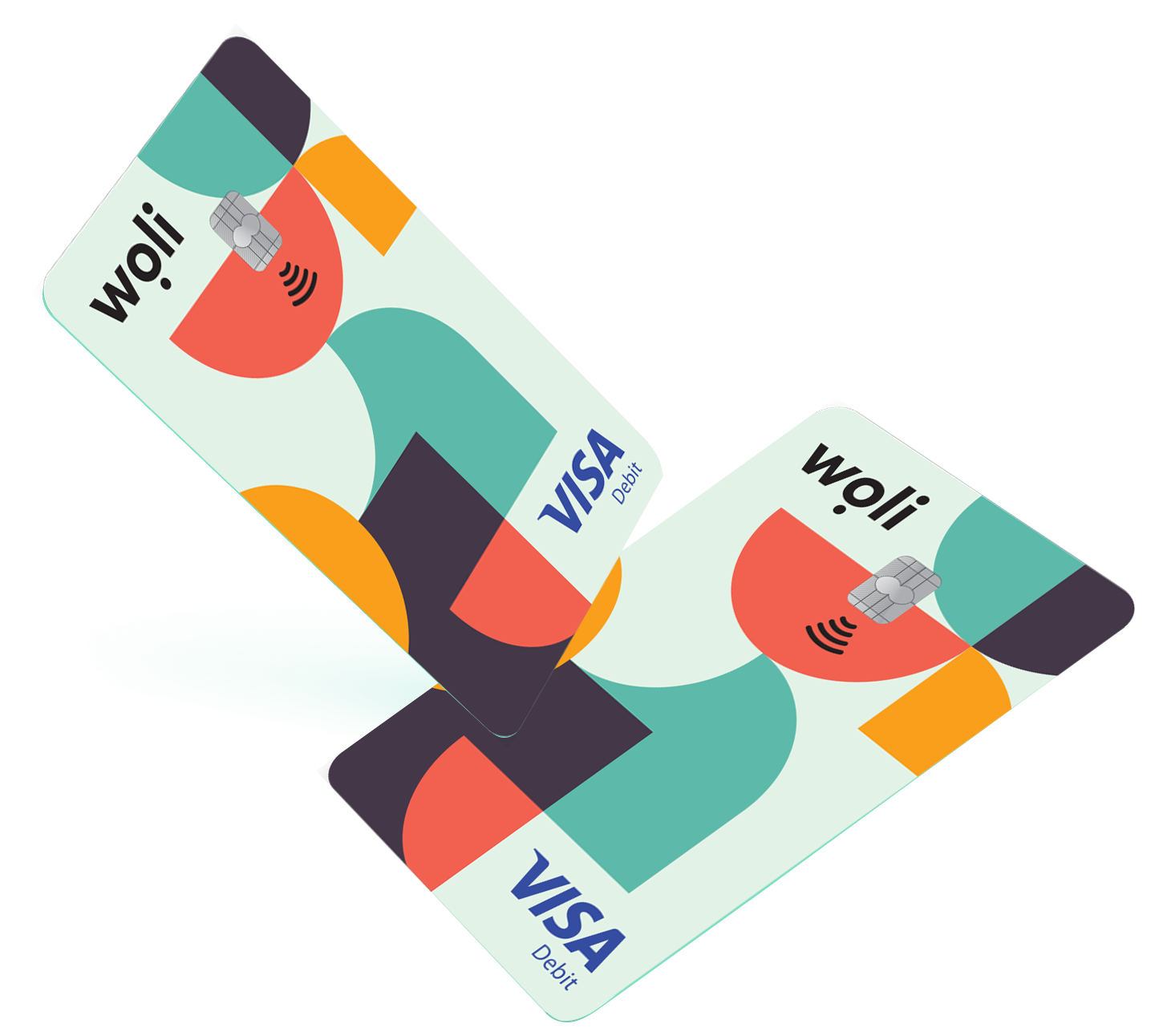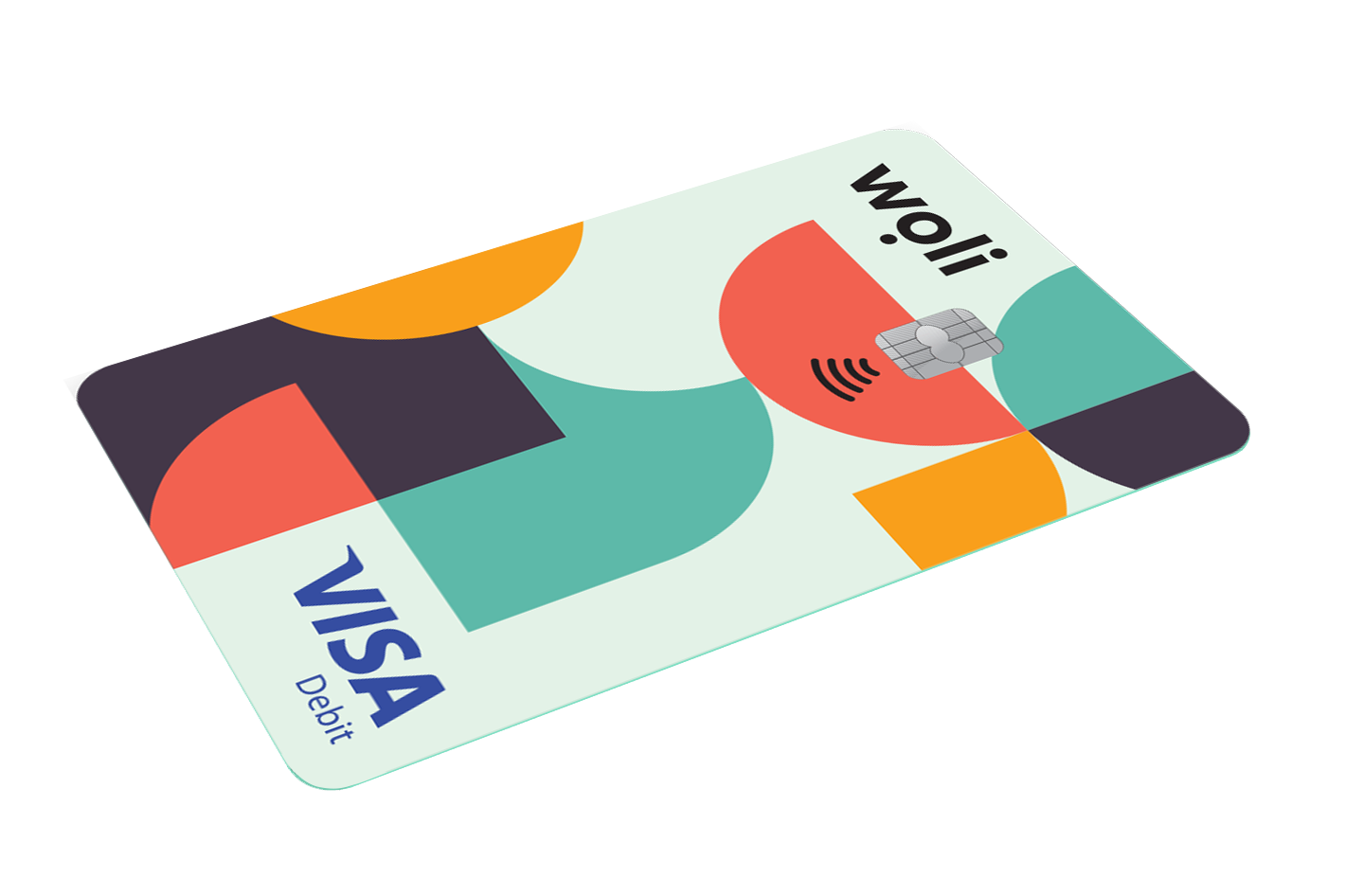How to Set Boundaries for Your Child – A Guide for Parents
Setting boundaries is one of the most essential aspects of parenting. Boundaries provide children with structure, security, and a sense of responsibility, helping them grow into confident individuals. While children often test limits, clear rules teach them self-discipline, respect, and good decision-making skills.
However, establishing boundaries requires balance—too many rules may feel restrictive, while a lack of boundaries can leave children without proper guidance. The key is to create clear, age-appropriate boundaries that promote independence while ensuring accountability.
In this guide, you will discover:
✅ Why boundaries are important and how they shape your child’s development.
✅ Age-appropriate boundaries for children aged 8-18.
✅ Practical strategies for implementing rules without constant conflict.
✅ Common parenting mistakes and how to fix them.
Let’s get started! 🚀
Why Are Boundaries Important for Children & Teens?
Boundaries are not a tool for control but rather a method of guidance. They teach children self-regulation, respect for others, and personal responsibility. Without boundaries, children may struggle with impulse control, decision-making, and social interactions.
Boundaries Provide Security & Stability
Children thrive in structured environments where they understand expectations. When they know what is allowed and what is not, they feel more secure, and their anxiety decreases.
How to Implement This:
Establishing consistent rules and daily routines is crucial for children’s discipline and emotional well-being. When a child knows, for example, that bedtime is at 9 PM on school nights, they learn to plan their day better and develop healthy sleep habits, which are vital for their physical and mental health.
Additionally, it is important that all caregivers—parents, grandparents, teachers, or babysitters—enforce the same rules and expectations to prevent confusion or conflicting messages. If, for example, one parent is strict about a rule while the other is more lenient, the child may become confused or attempt to bypass rules by seeking approval from the more permissive caregiver.
Finally, rules should remain consistent and stable, without sudden changes unless absolutely necessary. If you frequently change the rules, your child may feel insecure or disregard them, expecting that they will be altered again soon. Consistency and predictability help children understand boundaries and consequences, reinforcing their sense of responsibility and self-discipline.
Boundaries Teach Responsibility & Self-Control
When children understand that actions have consequences, they learn to make better decisions and take ownership of their choices.
How to Implement This:
Teaching children responsibility requires allowing them to experience natural consequences of their actions instead of always protecting them from mistakes. If, for example, they forget their school bag at home, instead of rushing to bring it to them, let them face the teacher’s response. This way, they will understand the importance of organization and responsibility, and this experience will encourage them to be more careful in the future.
Additionally, encourage them to plan their tasks in advance by creating simple to-do lists for schoolwork and daily responsibilities. This will help them develop time management skills and become more proactive.
To strengthen self-discipline, set small, achievable goals linked to activities they enjoy. Instead of banning video games outright, try saying: “You can play after you finish your homework.” This approach teaches children to complete responsibilities before enjoying rewards, fostering a sense of accountability and better self-control. By applying these methods, children develop autonomy, responsibility, and strong decision-making skills, essential for their future growth.
📌 Tip: Children are more likely to respect boundaries when they understand the reason behind them!
How to Set Age-Appropriate Boundaries for Children & Teens (Ages 8-18)
Boundaries should evolve as children grow. Younger kids require more guidance and structure, while teenagers need more flexibility and independence with accountability.
Boundaries for Children (Ages 8-12)
Children at this stage seek independence but still need structure to develop responsibility and self-discipline.
Responsibilities & Household Chores
Assigning age-appropriate tasks to children is an excellent way to teach them responsibility and independence. A great starting point is to give them simple, daily chores that match their age and abilities, such as cleaning their room, feeding pets, or making their bed. These small but important tasks help children understand that they are part of the family and that their contribution to the household is valuable.
Additionally, rewarding responsible behavior can reinforce their internal motivation. Rewards don’t always have to be material; a positive comment, extra playtime, or a small privilege can serve as strong encouragement for them to continue taking responsibility.
Finally, a key step in shaping a responsible individual is introducing money management at an early age. By giving children a small weekly allowance, you provide them with the opportunity to learn how to handle money, save money, and make smart financial decisions. This process can be even more effective with the use of a debit card for children, such as Woli, which allows parents to monitor their child’s transactions and guide them toward healthy financial habits. In this way, children learn that both household responsibilities and money management are essential life skills, preparing them for adulthood.
Screen Time Limits
Setting daily limits on television, video games, and internet use is essential for a child’s balanced development, as excessive screen time can negatively affect sleep, concentration, and social skills. It’s important to establish clear and realistic time limits, such as one to two hours per day for entertainment purposes, with the flexibility to extend the duration on weekends or during school holidays. To ensure these limits are followed, explain to your child the reasoning behind the rule, so they don’t perceive it as a restriction but as a healthy way to manage their time.
Moreover, creating “screen-free zones” throughout the day and in certain areas of the house helps children disconnect from devices and develop healthier habits. For example, establish a rule where phones, tablets, or TV are not allowed during meals, encouraging family conversations and stronger connections. Other “tech-free zones” could include study time, the hour before bedtime (to improve sleep quality), and family activities like board game nights or outdoor trips.
📌 Tip: To reinforce these limits, try replacing screen time with alternative activities, such as sports, creative hobbies, or board games, encouraging face-to-face interaction and creative thinking.
Boundaries for Teens (Ages 13-18)
Teenagers need flexibility but also clear rules to help them prepare for adulthood.
Money Management
Financial literacy is a key life skill that children should learn from an early age to become responsible and financially aware consumers in the future. One effective way to teach them how to handle money is by giving them a monthly allowance that matches their age and needs. However, allowance should not be treated as a gift but rather as an opportunity for learning. Encourage your child to create a simple budget, dividing their money into three basic categories: daily expenses, savings for larger purchases, and charitable donations (if they choose). This teaches them how to plan their finances, avoid impulsive spending, and set financial goals.
To make this process even more interactive and secure, you can introduce a kids’ debit card, such as Woli, which allows children to track their expenses digitally while giving parents the ability to monitor transactions and provide guidance. Through this tool, children can see where their money goes, set savings goals, and develop a realistic understanding of financial management. This approach helps them become familiar with electronic payments, while also providing a safe space to make mistakes and learn from them, preparing them for adulthood.
📌 Tip: Instead of giving extra money when they run out, allow them to experience the consequences of their choices. This way, they will learn to plan better and develop financial responsibility.
Social Activities & Freedom
Managing a child’s social life is just as important as their education, as the right guidelines can help them develop responsibility and good judgment. One of the most important boundaries parents should establish is curfew times. These should be realistic and adjusted to their age, taking into account school routines, extracurricular activities, and the child’s maturity level. For example, a 10-12-year-old might have an earlier curfew compared to a 16-year-old, who requires more independence. However, even for teenagers, having a set curfew provides structure and security, while also teaching them time management and accountability.
Additionally, as children grow and socialize more, it’s crucial to discuss peer pressure and making safe choices. Teens often feel the need to fit in with their friends and may find themselves in situations where they struggle to say “no.” Open conversations about the influence of friends, pressures to engage in risky behaviors (such as alcohol consumption or breaking rules), and the importance of setting personal boundaries will help them feel more prepared to make safe choices. Explain that it’s okay to say no, and help them develop coping strategies, such as having an excuse ready or reaching out for help if they feel uncomfortable.
📌 Tip: Encourage your child to inform you of their plans and to stay in touch while they are out, ensuring that they feel both responsible and safe, while also giving you peace of mind that they are in a controlled environment.
Conclusion – Boundaries Help Children Grow
The boundaries you set for your child should be clear, consistent, and age-appropriate, offering them a sense of security and predictability. A child who understands exactly what is allowed and what isn’t, as well as the consequences of their actions, learns to take responsibility for their choices and better manage their daily life.
Consistency in enforcing rules is equally important. If rules constantly change or are not applied consistently, children may become confused or feel that they do not need to follow them. Clear boundaries also build mutual trust between parents and children, reinforcing a sense of stability and fairness in the relationship.
In addition to behavioral boundaries, it is also important to incorporate financial education into your child’s upbringing. Teaching them how to manage their allowance, set savings goals, and differentiate between needs and wants equips them with an essential life skill that will serve them well into adulthood.
💳 Try the Woli Debit Card and teach your child financial responsibility in a fun way! Download the Woli app on Android or iOS, follow the steps to add your child, and get 30 DAYS FREE on the premium BASIC subscription and a FREE physical Woli card! 🚀






